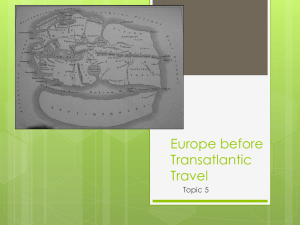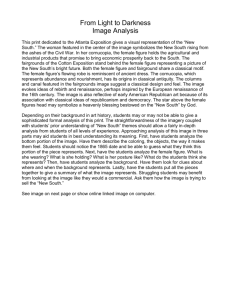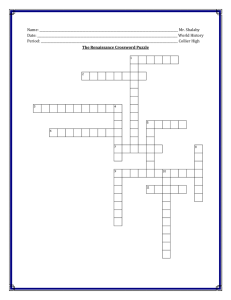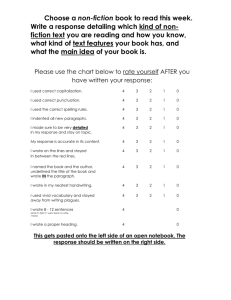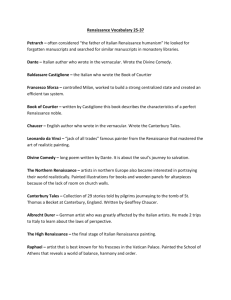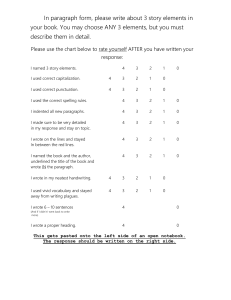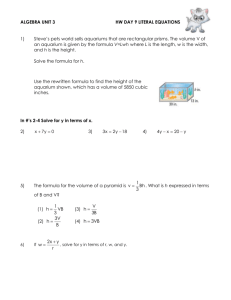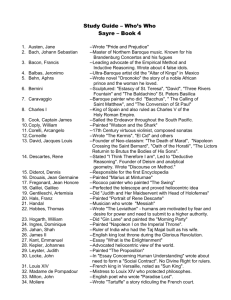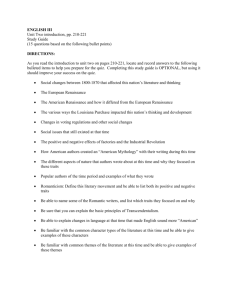A rebirth of learning and the arts with emphasis on individual
advertisement
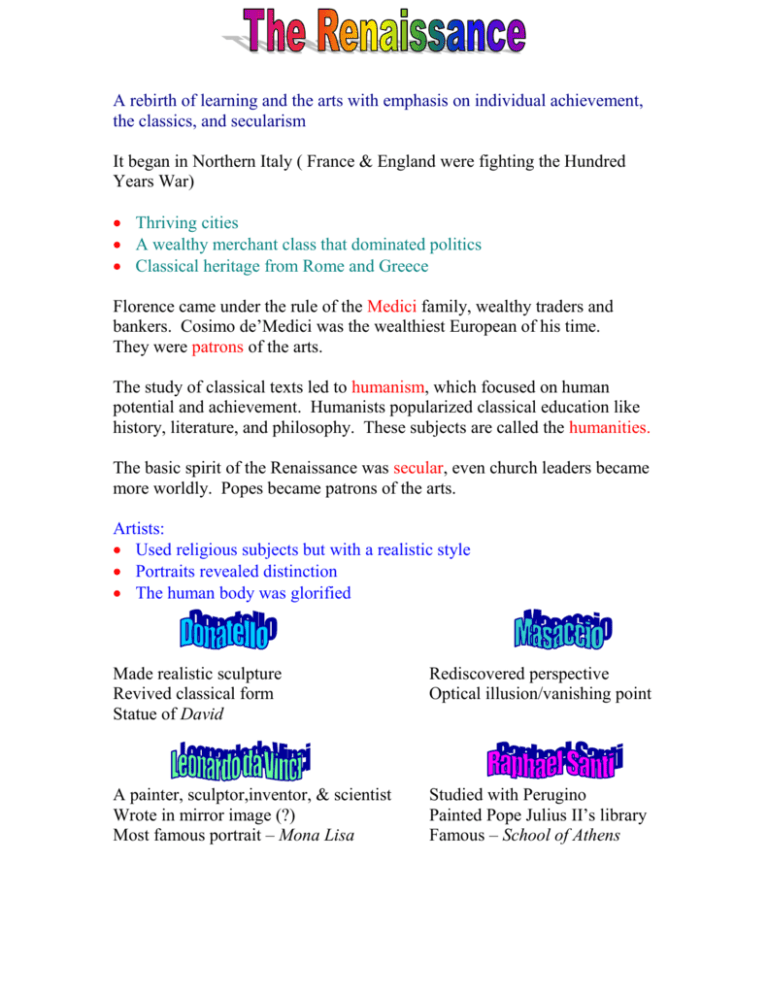
A rebirth of learning and the arts with emphasis on individual achievement, the classics, and secularism It began in Northern Italy ( France & England were fighting the Hundred Years War) Thriving cities A wealthy merchant class that dominated politics Classical heritage from Rome and Greece Florence came under the rule of the Medici family, wealthy traders and bankers. Cosimo de’Medici was the wealthiest European of his time. They were patrons of the arts. The study of classical texts led to humanism, which focused on human potential and achievement. Humanists popularized classical education like history, literature, and philosophy. These subjects are called the humanities. The basic spirit of the Renaissance was secular, even church leaders became more worldly. Popes became patrons of the arts. Artists: Used religious subjects but with a realistic style Portraits revealed distinction The human body was glorified Made realistic sculpture Revived classical form Statue of David Rediscovered perspective Optical illusion/vanishing point A painter, sculptor,inventor, & scientist Wrote in mirror image (?) Most famous portrait – Mona Lisa Studied with Perugino Painted Pope Julius II’s library Famous – School of Athens A painter, sculptor, architect, & poet Explored theme of human potential Designed the dome of the Basilica Painted Sistine Chapel Writers: Some wrote in the vernacular Wrote for self-expression or to portray the individuality of their subjects Wrote sonnets Muse – Laura Decameron – human folly with sarcasm The Prince More concerned with what was politically effective The Courtier Tells how to be a “Renaissance Man” Exchanged sonnets with Michelangelo Helped with The Courtier

